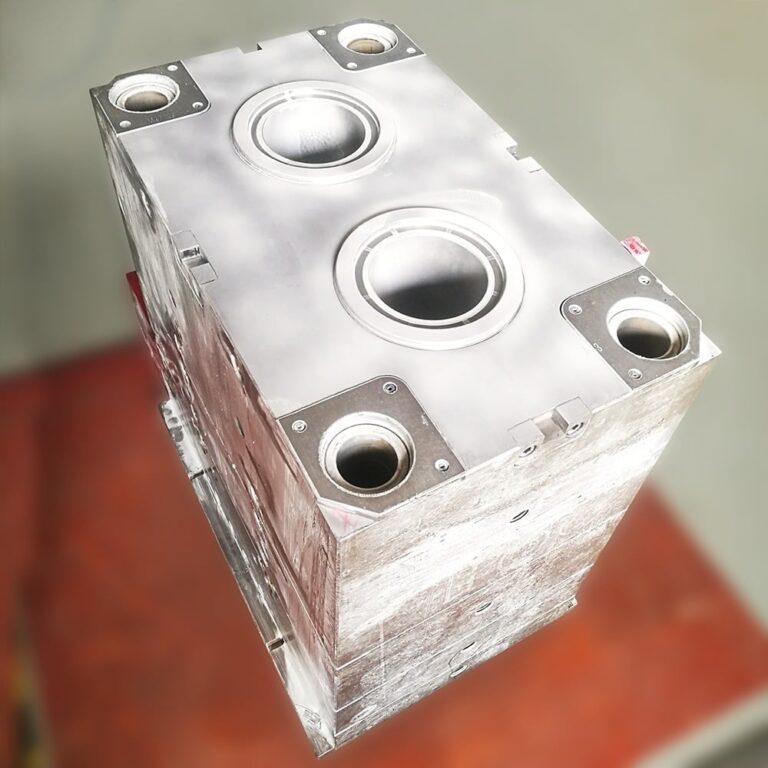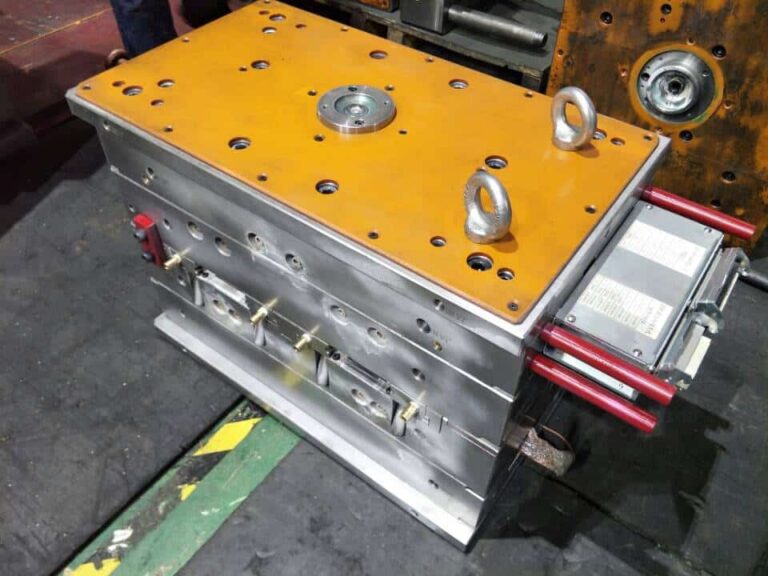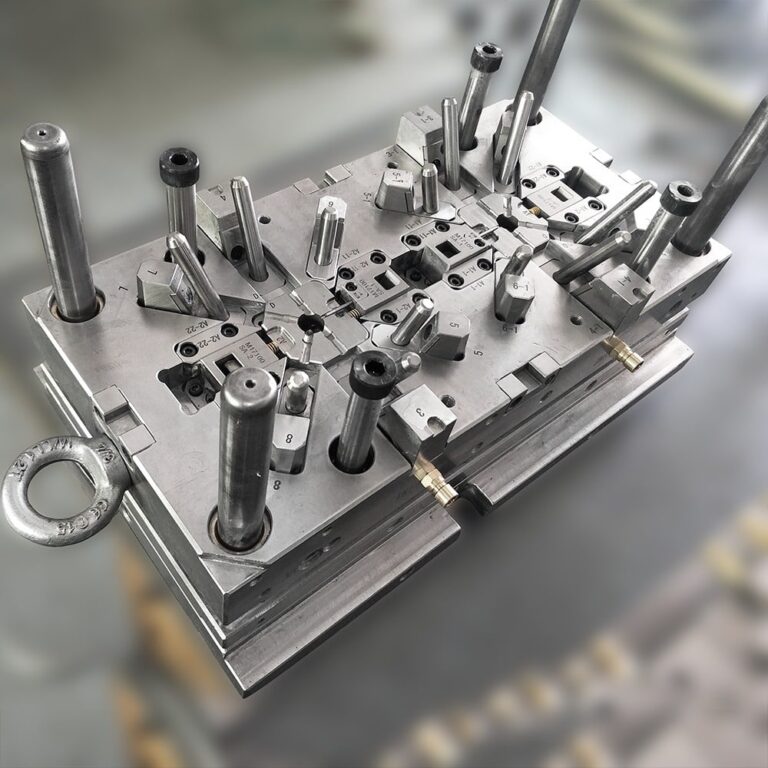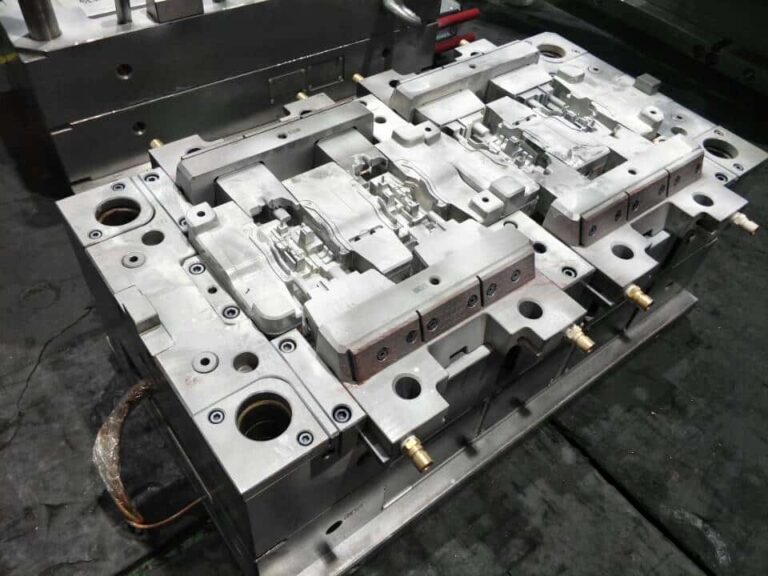Processing technology standard of rubber mould
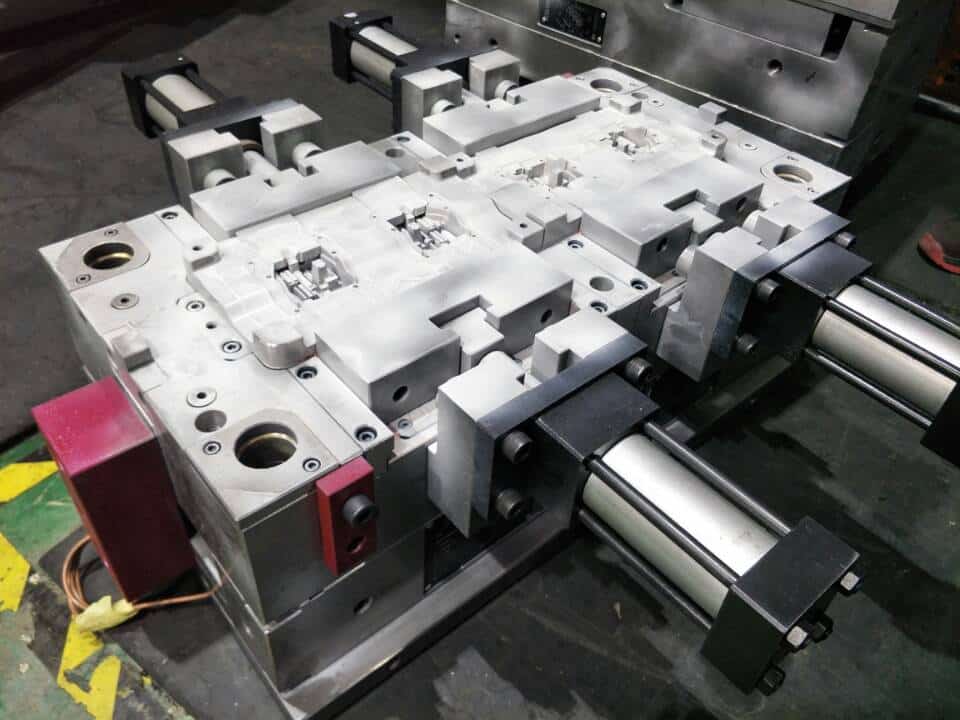
1. Purpose and Scope of Application
This standard is formulated to ensure the rationality and consistency of rubber mold manufacturing and processing technology, optimize the processing technology, and improve the progress of mold manufacturing.
2. Die processing process standard
2.1 Process preparation:
2.1.1 Process preparation requirements: specify the processing reserve, reserve orientation, roughness requirements and precautions in the process.
2.1.2 Compilation principle of processing flow: on the premise of ensuring accuracy, quality and special requirements, equipment with high processing efficiency shall be preferred. The processing efficiency of milling machine, CNC and grinder is faster than that of wire cutting and electric pulse.
2.1.3 The dimensions on the drawings cannot be changed at will.
2.2 Processing reserve principle:
2.2.1 For workpieces to be processed by heat treatment, add 0.25mm grinding machine allowance on one side of the overall material preparation size before heat treatment, 0.2mm allowance on one side of the CNC rough machining part, and 0.3-0.5mm allowance on one side of the rough milling profile of the bench worker milling machine;
2.2.2 One side reserved allowance of 0.3-0.5mm for bench milling machine rough milling profile;
2.2.3 The unilateral reserved amount of CNC roughening cavity is 0.1mm;
2.2.4 For workpieces to be processed by grinder after wire cutting (slow wire), 0.05mm shall be reserved on one side of the forming part.
2.3 Processing accuracy requirements:
1. The manufacturing accuracy of die size shall be within 0.005~0.02mm;
2. The perpendicularity shall be within the range of 0.01~0.02mm;
3. The coaxiality shall be within the range of 0.01~0.02mm;
4. The parallelism of the upper and lower planes of the parting surface shall be within the range of 0.01~0.02mm, and the roughness shall be within Ra1.6;
5. The fitting accuracy of fixed parts is generally within the range of 0.01~0.02mm; Generally, H6/k5 and H6/k6 transition fits are selected for the matching accuracy of small cores.

